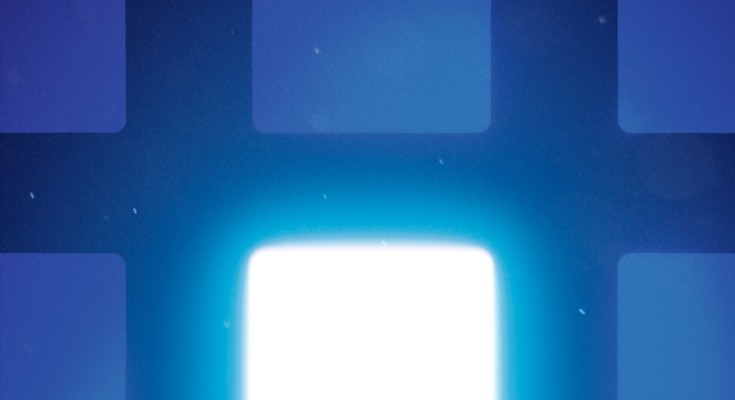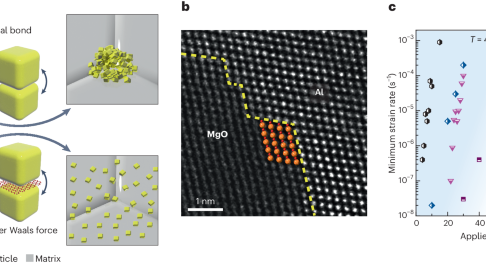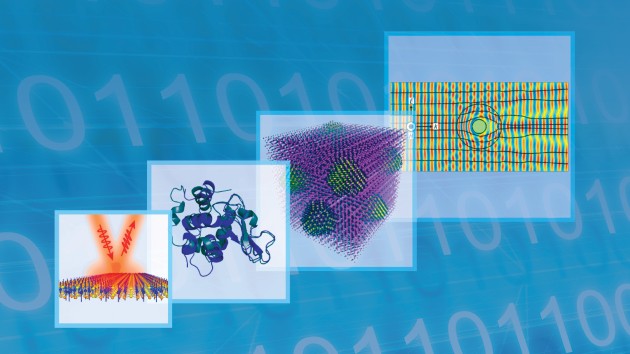
Our April issue
Read about blue LEDs, infinite-layer nickelates, copper selenide thermoelectrics, and Frank–Kasper phases. We also feature a Review on metal carbide and chalcogenide heterostructures.

Read about blue LEDs, infinite-layer nickelates, copper selenide thermoelectrics, and Frank–Kasper phases. We also feature a Review on metal carbide and chalcogenide heterostructures.

Adding homogeneously dispersed oxide nanoparticles to aluminium pushes its high-temperature strength up to 500 °C.
